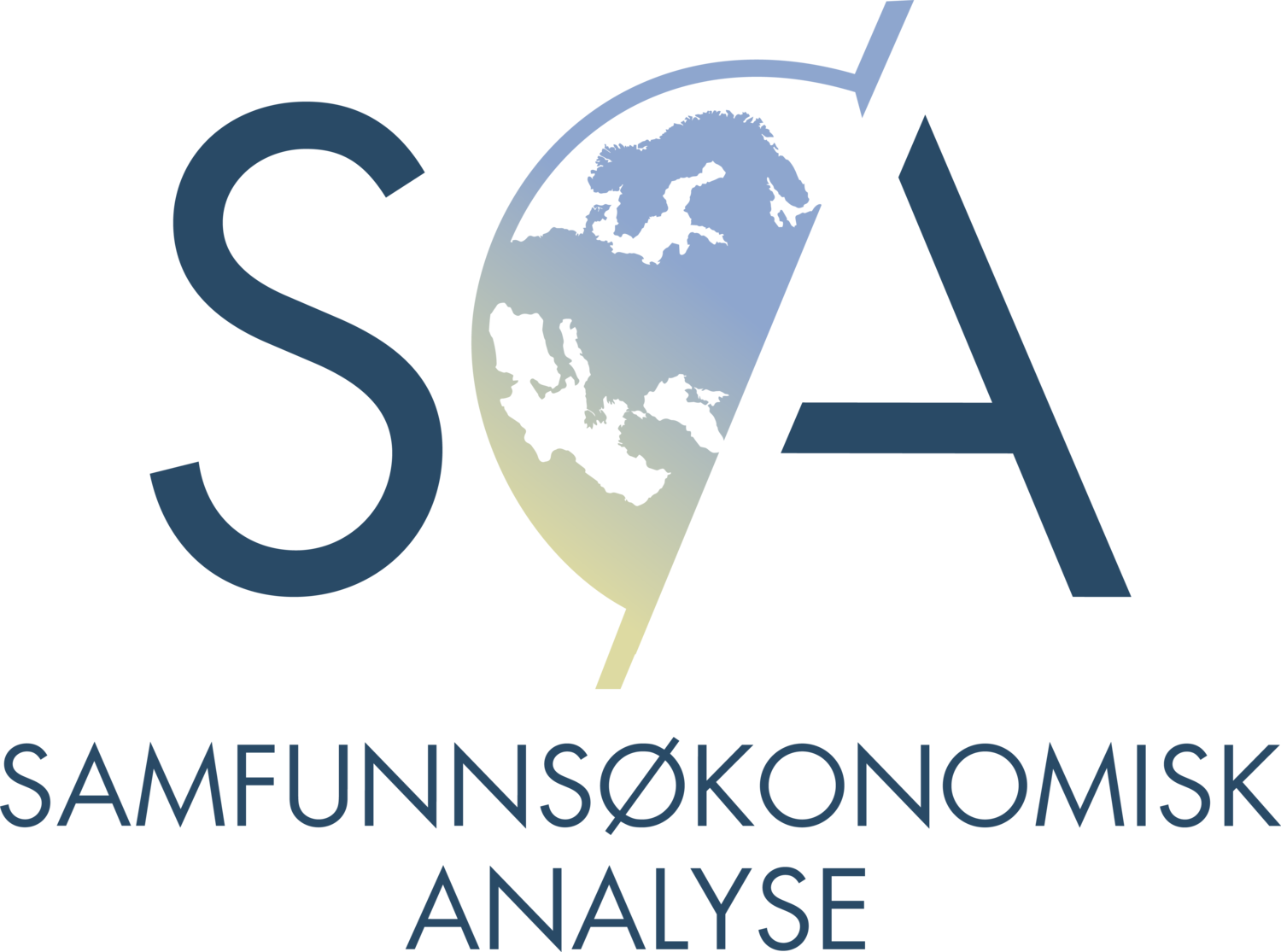The Norwegian research and policy portfolio cover a wide range of measures addressing various explanatory factors for what hinders and promotes economic growth.
Innovation Norway (IN) and Research Council of Norway (RCN) are the two main agencies, but SkatteFUNN is by far the most important single measure. Grants (incl. advisory services) aimed at fostering research, innovation, and business development totalled to about 20 billion NOK in 2017, whereas industry relevant measures aimed at fostering research and innovation totalled to 10,5 billion NOK. The remainder includes funding for basic research and research infrastructure (corresponding to about 60 percent of the RCN portfolio, but also parts of H2020 and RFF portfolio) as well as business development measures (corresponding to about 60 percent of Innovation Norway portfolio and all measures administrated by regional authorities).
Funding for industry relevant R&I measures1. By primary goal2 and recipient sector.3 Grants and advisory services only. 2017. In billion NOK.
Source: Samfunnsøkonomisk analyse AS (samspillsdatabase)
Note: 1Covers grants and advisory services to identifiable recipients, not research funding channelled to universities and research institutes not covered by the basic funding scheme for research institutes. The funding neither includes funding for profiling activities, loans, equity and guarantees, nor administrative cost. 2 SØA categorisation ct. chapter 2 and annex. 3 All commercial companies registered in Norway. Research institutes and university colleges organised as AS are not included as private sector. Others includes Universities and other higher education institutions, research institutes, public sector and international organisation.
There has been a steady growth in public funding for measures to stimulate R&I over the past decade (measured in total grant-based funding) with a particularly strong growth/development during period from 2013 to 2016. During this period, growth was stronger for industry relevant R&I measures than for measures for basic research and business development. The growth is largely driven by growth in funding from SkatteFUNN, but also funding from Enova, EU programs and FHF (marine research). Industry relevant R&I funding through the main agencies Innovation Norway and RCN has remained relatively unchanged during this period.
Total industry R&I-funding to private sector is estimated to 7,3 billion NOK in 2017 (out of 10,5 billion NOK in total). The remainder is channelled to HEI sector and research institutes and others (public organisation and international recipients). Since 2013, the vast majority of the increase in R&I funding has been channelled to the private sector due to the strong growth in predominantly SkatteFUNN, but also Enova and FHF.
In monetary terms, SkatteFUNN is by far the most important single measure. In 2017, the budgeted tax deduction for the scheme was estimated to 5,6 billion NOK, which is over four times that of 2010. Actual costs/expenditure the same year is estimated to some 3,7 million NOK , corresponding to 35 percent of all industry related R&I grants. Other important measures are BIA (RCN), Environmental technology program (IN), Innovation Contracts (IN), basic funding for industry relevant research institutes (RCN), and cluster and centre programs. SkatteFUNN and the 19 largest grant-based measures and programs make up about 85 percent of all industry relevant R&I-grants during the period of 2016 and 2017. The remaining funding comes from a variety of measures, thematic or not.
The various measures play different roles in the R&I policy portfolio. SkatteFUNN is particularly suited for smaller R&I projects due to the simple application procedures and thus particularly relevant for SMBs and young firms. RCN-programs, Enova and H2020 measures are particularly suitable for larger and more complex R&I projects. The differences can be observed in private sector beneficiaries’ characteristics; beneficiaries of SkatteFUNN and IN are relatively speaking younger and smaller than those of RCN, Enova and EU programs. However, the share of more mature firms in SkatteFUNN has increased over the last years. One possible explanation is the increase in the threshold for R&D tax credit , making the measure more suitable for larger R&D projects.
With regards to recipients’ cross measures, we observe that the same recipient uses different R&I programs simultaneously and over time. It is reasonable to see the interactions between agencies and measure because programs play different roles in the companies' R&I work. However, it cannot be ruled out that certain programs overlap in objectives and scope. Here, it is conceivable that companies can "shop" between programs. To avoid "program shopping", there is a need for good coordination between program owners, as well as coordination between the policy agencies of what challenges the various programs are meant to face.
In economic terms, instruments that are sector and theme neutral, such as SkatteFUNN, BIA, SFI and Innovation contracts, made up about two thirds of all industry relevant R&I-funding in 2017. Over the past five years funding for open instruments has increased faster than that of thematic instruments. There has been a strong growth in funding for measures related to renewable energy, climate and environment, but a decline in funding for other thematic programs, resulting in modest growth in funding for all thematic programs.
Given the increase in funding for open programs, is seems as if open programs no longer complement the thematic programs, but that thematic programs complement the open programs. This shift in relative importance raises the question about what role thematic programs should play in the future. Thematic program allows for a strategic channelling of resources and long-term competence building and technology development, but how many thematic programs do Norway need? As a small country Norway can most likely not develop world class competences in all areas (meaning that the number of thematic programs should be lower). Clear delineation and strategic coordination are important to ensure an efficient and competitive research and innovation system.
Click here to read the report.
The main report can be found here.


